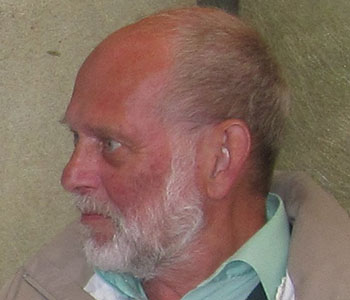Stig Steenstrup passed away 4 June 2020
Stig Steenstrup always worked to promote the interests of the institute and he made a special effort for the students in physics. The students valued his knowledge on and exact descriptions of radiation physics and imagery. In his capacity as coordinator for international, visiting students, his overview and individual insight served them enormously.
Stig was born in 1942 and graduated from the University of Copenhagen in 1967 as cand. mag. In physics and mathematics. After serving in the military he was employed at Fysisk Laboratorium II at the H.C Ørsted Institute, University of Copenhagen. He spent part of his career in Australia and working for a Danish biotech company. The last years of his employment were spent at the Niels Bohr Institute, from which he retired in 2007.

Stig Steenstrup’s field in physics was the theoretical physics. After his initial employment at Fysisk Laboratorium, he worked with atomic collisions, particularly the ones performed by his colleagues Allan Johansen and Leif Sarholt, using the isotope separator in Fysisk Laboratorium II.
Later on he became interested in theoretical biophysics where, among other things, he developed methods for image analysis based on maximum entropy principles. As a result of this branch of research, he spent a year as a guest at CSIRO in Melbourne, Australia and later chose to work 2 years in a Danish biotech company. Simultaneously he was involved in research and teaching in the fields of health physics and radiation physics in collaboration with colleagues from the Niels Bohr Institute, Risø and Statens Institut for Strålingbeskyttelse.
During his last years at the University of Copenhagen, he was associated with the section for the physics of complex systems. He became involved in teaching biophysics, and he coauthored a book with Christian Rischel: Elements of Biophysics.
After retirement, Stig Steenstrup continued for some years as emeritus at the Niels Bohr Institute, where he was employed for a single term as associate professor in mathematics. It was during one of the financial crises at the University he chose to leave Copenhagen for Melbourne.
In grateful memory
The Niels Bohr Institute
